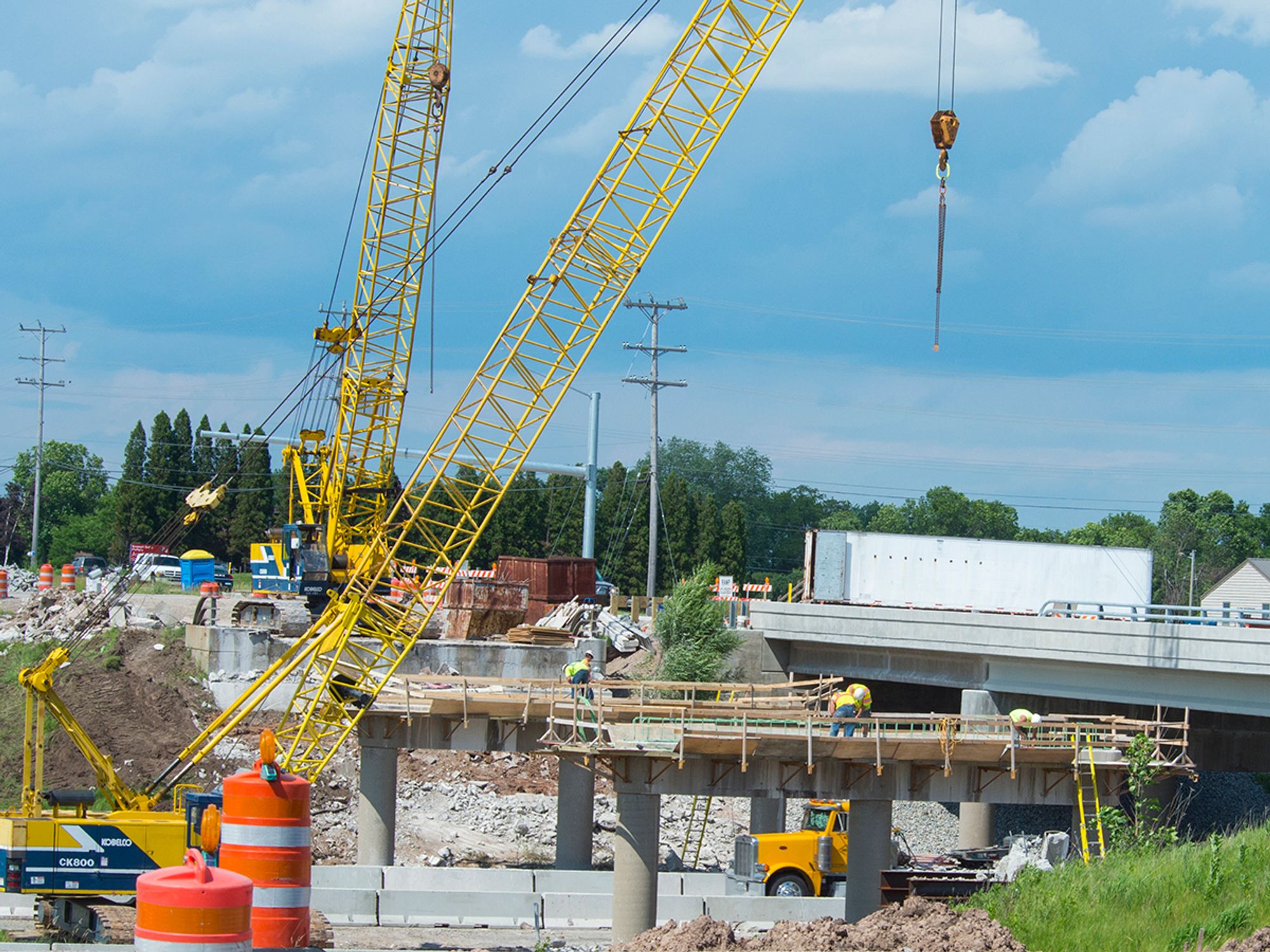Mobile cranes in the construction industry

- OSHA regulates cranes in the construction industry under 29 CFR 1926 Subpart CC, which applies to a wide array of equipment that is power-operated and can hoist, lower, and horizontally move a suspended load.
For employees who operate or work around cranes or derricks, it’s critical that they understand and comply with the necessary work practices established by their company to keep them safe from crane accidents.
Employees should have a basic understanding of electricity and the clearance distances necessary to minimize danger when working near power lines or other electrical sources. An understanding of the hazards associated with crane assembly/disassembly, rotating superstructures, energized equipment, and falls is also key to overall safety.
Scope/Who must comply
The Occupational Safety & Health Association (OSHA) regulates this at 29 CFR 1926 Subpart CC — Cranes and derricks in construction.
OSHA’s Subpart CC applies to power-operated equipment, when used in construction, that can hoist, lower, and horizontally move a suspended load. Such equipment includes, but is not limited to:
- Articulating cranes (such as knuckle-boom cranes),
- Crawler cranes,
- Floating cranes,
- Cranes on barges,
- Locomotive cranes,
- Mobile cranes (such as wheel-mounted, rough-terrain, all-terrain, commercial truck-mounted, and boom truck cranes),
- Multi-purpose machines when configured to hoist and lower (by means of a winch or hook) and horizontally move a suspended load,
- Industrial cranes (such as carry-deck cranes),
- Dedicated pile drivers,
- Service/mechanic trucks with a hoisting device,
- A crane on a monorail,
- Tower cranes (such as a fixed jib, i.e., “hammerhead boom”; luffing boom; and self-erecting),
- Pedestal cranes,
- Portal cranes,
- Overhead and gantry cranes,
- Straddle cranes,
- Sideboom cranes,
- Derricks, and
- Variations of such equipment.
